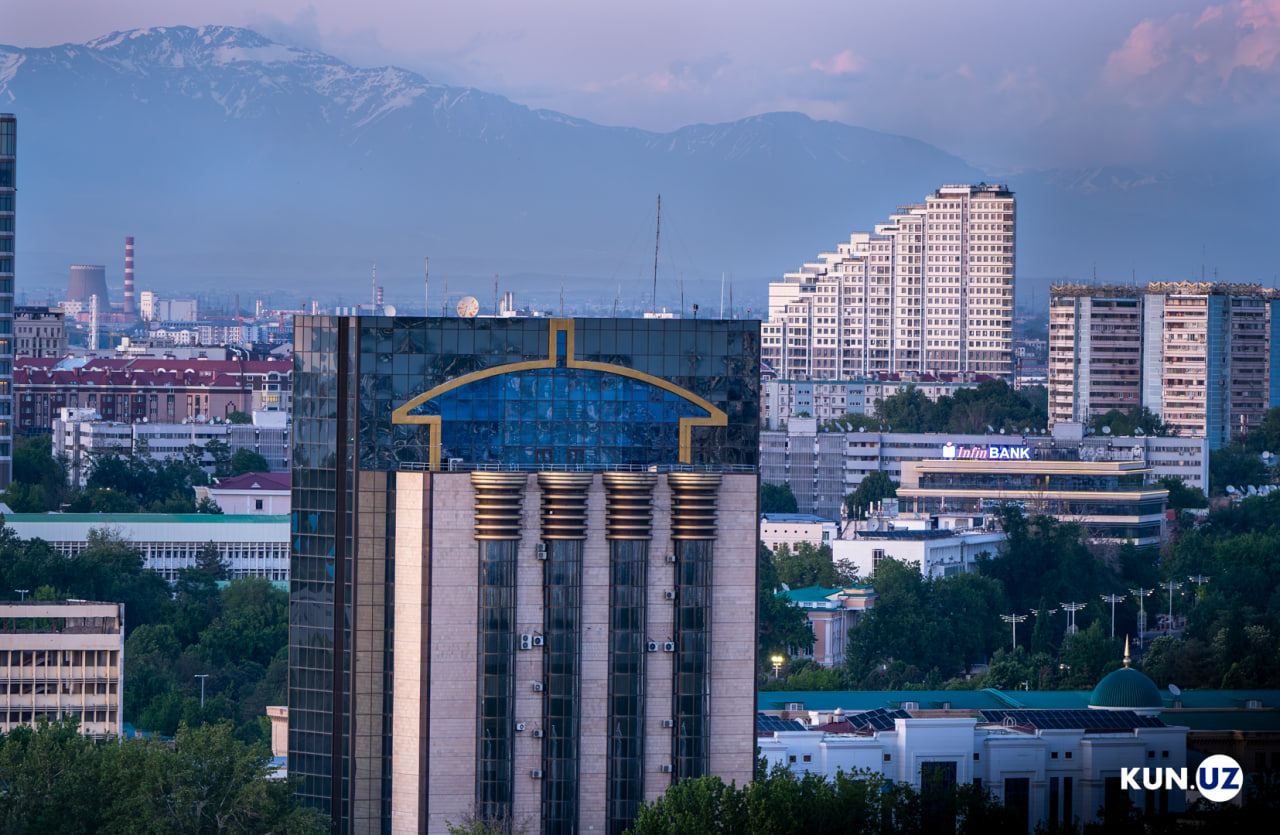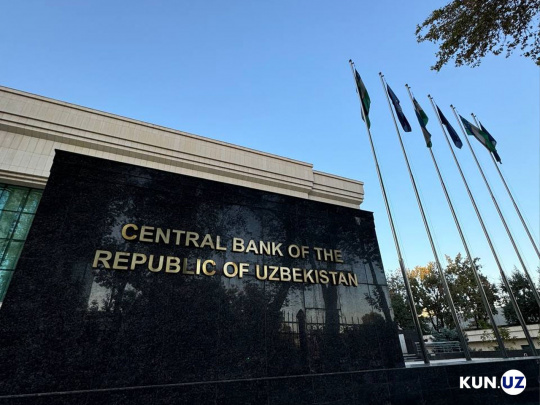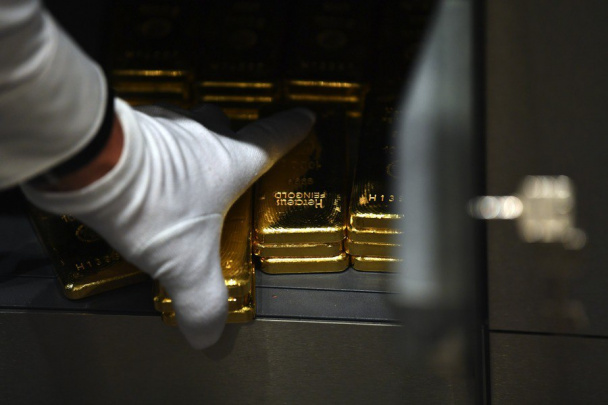Central Bank forecasts inflation to slow down in 2025
Despite a slowdown in overall price growth in December, the Central Bank observed an acceleration in core inflation. At its meeting on January 23, the board decided to keep the key interest rate at 13.5%, citing persistent high inflation expectations among the Uzbek population.

Photo: Kun.uz
Economists point to the mixed nature of inflationary factors. Overall inflation for 2024 stood at 9.8%, slightly lower than in previous months. Price growth for three-quarters of the goods and services in the consumer basket slowed in 2023, signaling ongoing price stabilization.
On the other hand, core inflation rose to 7.2% in December, driven by higher prices for industrial goods and services. This indicates the presence of inflationary pressures both on the supply side and from aggregate demand.
Inflation expectations have increased among the population and businesses, which the Central Bank attributes in part to seasonal supply factors. However, it expects these pressures to ease, with the combination of a "relatively tight" monetary policy contributing to a reduction in inflation expectations.
By the end of the second quarter, the primary effects of the energy tariff hikes in May 2024 are expected to subside. However, a temporary increase in the overall inflation rate is anticipated in April due to the one-month delay in the second stage of the reform.
The secondary impact of energy tariff hikes on core inflation will be one of the key factors in determining the direction of future monetary policy. The Central Bank expects overall inflation to reach 7-8% by year-end.
GDP growth, driven by an increase in private investment, is projected to be around 6%. High consumer activity, supported by rising household incomes, will also sustain aggregate demand and economic growth.
At the same time, this could accelerate the growth of core inflation in the coming months, according to the Central Bank. Experts have also highlighted the risk of rising global prices for certain food products imported by Uzbekistan as an inflationary factor.
The regulator also expects improvements in the current account balance and anticipates macroeconomic stability in Uzbekistan’s main trading partner countries. This suggests balanced trends in the currency market.
The Central Bank has kept its medium-term inflation target at 5%. However, it considers the possibility of adjusting monetary policy if inflationary pressures and demand-driven factors intensify.
Related News

19:31 / 14.03.2025
Gold hits new peak as central banks ramp up purchases

19:24 / 11.03.2025
Central Bank purchases $100 million in US bonds in February

19:43 / 07.03.2025
Uzbekistan’s foreign exchange reserves hit a record $45 billion in February

20:04 / 05.03.2025



